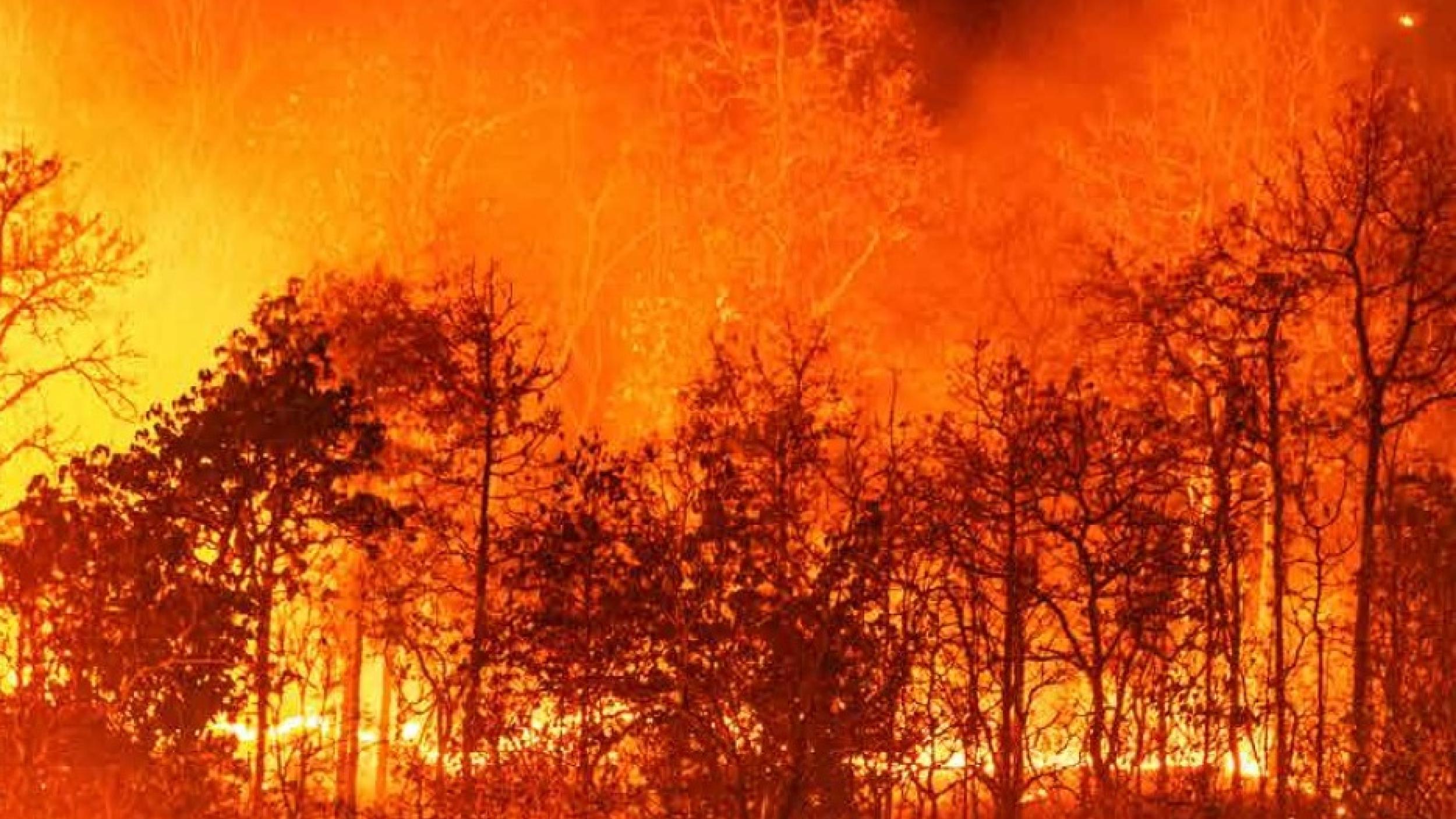
Zombie fires are ravaging peatlands in France
When Napoleon III ordered the draining of the peatlands of south-west France in 1857 (Cuzacq, 1877), he had no idea that he was paving the way for some of the most intense wildfires in France’s history.
In July 2022, two wildfires south of the city of Bordeaux ripped through around 20,000 hectares of land, encroaching on the Landes Forest, the largest artificial forest in Western Europe, which is largely a monoculture of pine trees, some of which were planted on drained peatlands.
The fires were disastrous. Not only did they destroy large areas of land, but by burning through the carbon-rich peat, the fires released massive amounts of carbon, together with toxic pollutants such as mercury.
The wildfires, which caused the evacuation of around 40,000 people and reduced a dozen buildings to cinders, were thought to have been extinguished at the end of July, but on 9 August a fire burst back to life and destroyed a further 6,200 hectares in just one day.
This is an example of a “zombie fire”, which is a common occurrence when dried-out drained peatlands catch alight. Such fires, feeding on layers of peat, can smoulder undetected below ground for months, with new blazes suddenly erupting from the soil, especially in extremely hot conditions and when highly-combustible substances, such as tinder-dry pine trees, are present.
Firefighters battling the two wildfires had to tackle hundreds of mini zombie fire outbreaks after the fires first began on 12 July, and in some areas they dug holes deep into the peat to try to extinguish the fires completely. By 15 August, with the assistance of firefighters from across Europe and some rain, the wildfire was controlled. However, only prolonged heavy rainfall or the re-wetting of peatlands can douse zombie fires permanently.
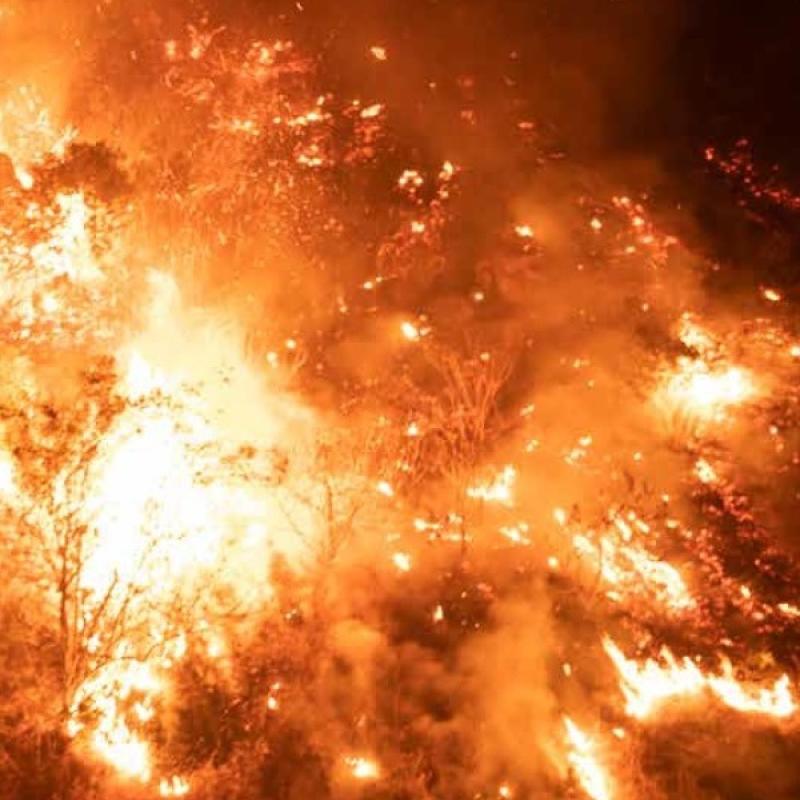
These wildfires are the latest of many that have burned the drained peatlands of Gironde and Landes in south-west France. Until 1946, when the Commissioner of Bordeaux decreed the creation of firefighting organizations (Papy, 1950), wildfires were common in the region, especially in drought years. It was hoped that improved firefighting capacity would prevent large fires, but in August 1949 a saw-mill caught on fire and the subsequent blaze burned around 50,000 hectares of Landes pine plantations. The 1949 fire was the largest in France to date and also the most deadly. Tragically, 82 people, mostly volunteer firefighters, were killed while trying to extinguish the flames (Papy, 1950).
Multiple wildfires have occurred across France this year, including in other peatlands, such as those in Monts d’Arrée in Brittany. As of 3 September, over 62,000 hectares of land had burned in France since the start of the year, six times the full-year average of the previous 15 years.
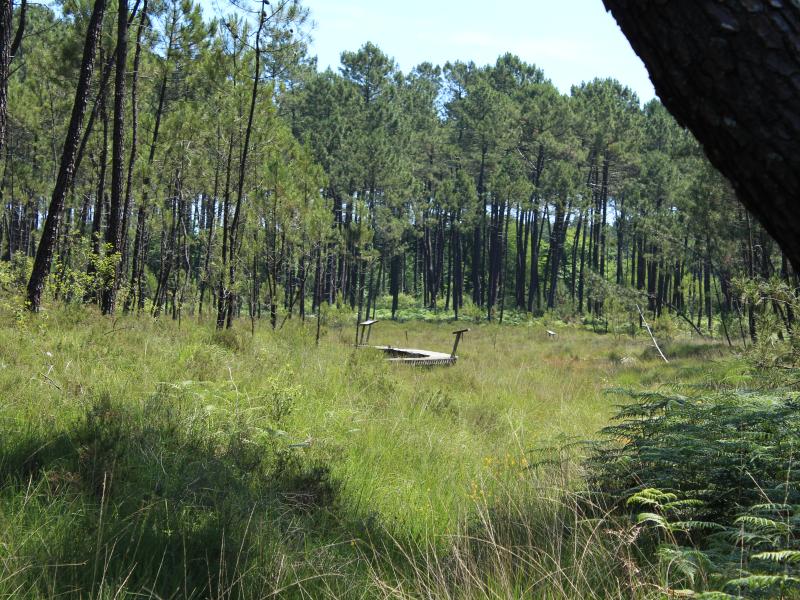
It is likely that climate change amplified this year’s wildfires through a disastrous combination of a series of heat waves, very low air-humidity and the worst drought in France’s recorded history. Reports by the United Nations Intergovernmental Panel on Climate Change (IPCC) have stated that extreme conditions such as these are likely to become more common as a result of global warming.
This trend is causing unease among many peatlands specialists. Francis Muller, Director of Pôle-relais tourbières, a national resource centre led by the French Federation of Conservancies of Natural Areas (FCEN) that promotes the sustainable management of peatlands, expressed concern saying, “We fear that peatland fires will become annual events in regions of France where they used to be rare”.
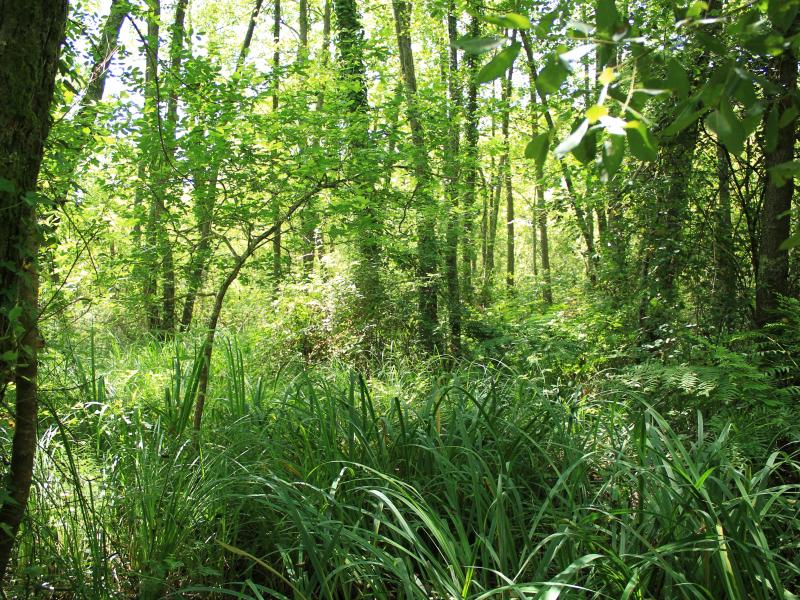
France is not alone; there have been increased frequency and severity of fires across the globe, in both forests and peatlands, from the Arctic and Siberia tundra in the north down to the peatlands of Argentina and Chile, and from Brazil across to Indonesia. Even the United Kingdom experienced drought and fires on an abnormal scale in 2022. The peat fires this year have claimed unusually large areas of land in some countries. In the USA, for example, the 2022 tundra fires in Alaska burned at an unprecedented rate and, overall, Alaska’s fires destroyed roughly triple the area burned in the average year.
Burned peatlands should be restored to their natural state, but in many cases this does not happen. Following the 1949 wildfire in Landes, there were calls for the pine plantations to be replanted. This was done, with the addition of a network of firebreaks, which reduced the risk of large fires. Following this year’s wildfires there were once again calls for the pine trees to be reinstated and President Macron promised this will happen.
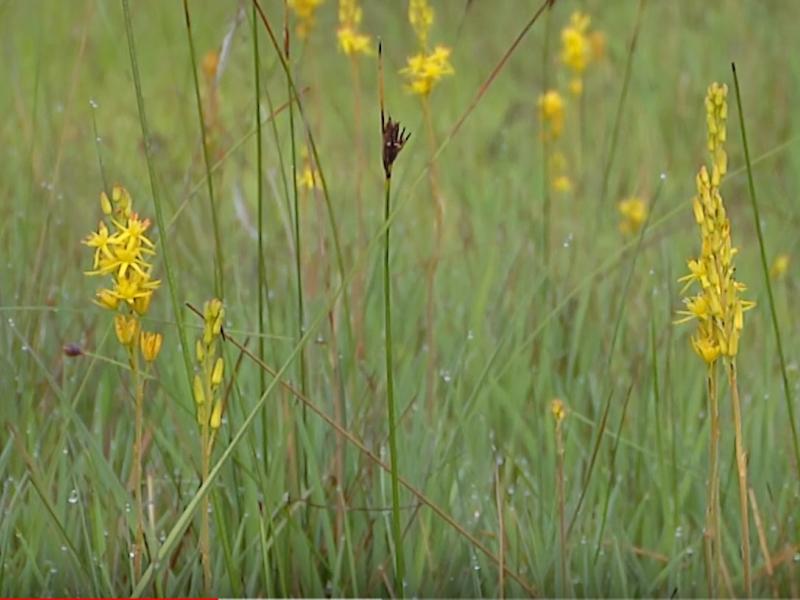
Experts from the International Union for the Conservation of Nature (IUCN) Peatlands Programme advise against planting trees, particularly monoculture pine plantations, on peatlands, however. According to the IUCN, while new plantations would capture carbon, restoring the peatlands, through re-wetting, would store significantly more carbon, and would lock it up indefinitely. Furthermore, restored peatlands would bring numerous other benefits, such as improving water quality and providing much-needed habitat for diverse wetland species.
Dianna Kopansky, coordinator of the UNEP-led Global Peatlands Initiative, observed that “Several restoration projects in Europe have successfully transitioned artificial forests back to near-natural peatland conditions. In France, one such project is the Tourbières du Jura LIFE programme that, among other actions, removed 51 hectares of conifer plantations. Such restoration is said to not only reinstate essential carbon sinks and protect biodiversity, but also substantially reduce the risk of future fires”.
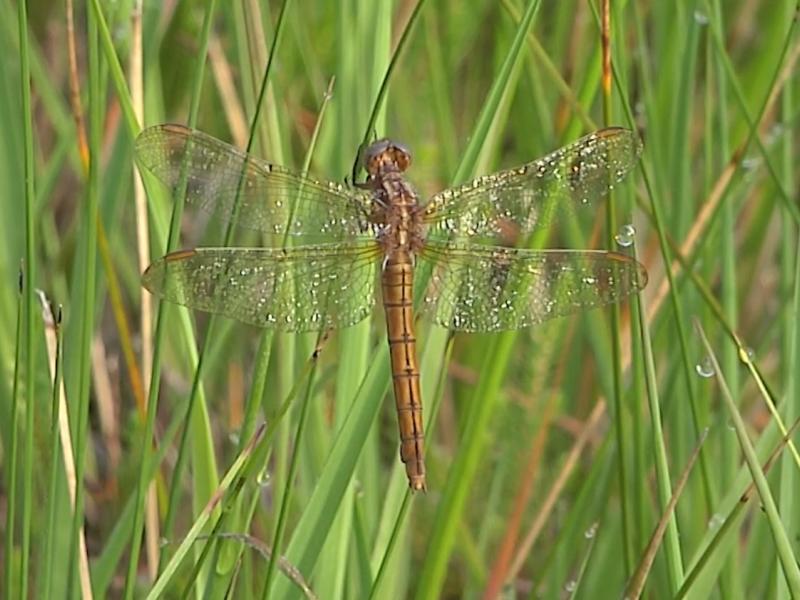
In many regions of France, efforts are being made to avoid planting trees on peat soils. This is being done with the support of the Office National des Forêts (responsible for national and communal forests in France) and the Centre National de la Propriété Forestière (the national organization of private forest owners).
Despite the advantages of restoring the peatlands to their original state, replanting of trees is almost certain to go ahead in the drained peatlands of south-west France. Appeals to restore the peatlands are likely to be overwhelmed by calls from the agriculture, timber and tourism sectors to reinstate the plantations. For decades, the pine plantations provided protection for wine-growers in the region from the blustery salt-filled Atlantic winds and over time the timber and tourism industries in the pine-growing areas have become well developed, employing many people. In view of the high likelihood of future wildfires on the drained peatlands and the disastrous impacts of such fires, however, replanting the pines does not bode well for future generations.
References:
Cuzacq, P. 1877. Des concessions de terrains communaux dans le département des Landes : loi du 19 juin 1857, relative à l’assainissement et à la mise en culture des landes de Gascogne : Jurisprudence, Bayonne.
Papy, L. 1950. Le problème de la restauration des Landes de Gascogne, Les Cahiers d’Outre-Mer [in French], 11, pp.231–279. https://www.persee.fr/doc/caoum_0373-5834_1950_num_3_11_1688 (Accessed 15 August 2022.)
Related links:
How countries can tackle devastating peatland wildfires
Statement by Inger Andersen on wildfires across Europe, North America and other parts of the world
Conserve and restore peatlands to slash global emissions
IUCN Position Statement: Peatlands and Trees
Spreading like Wildfire: The Rising Threat of Extraordinary Landscape Fires (UNEP report, 2022)
Economics of Peatlands Conservation, Restoration and Sustainable Management (UNEP report, 2021)
Smoke on Water: Countering Global Threats from Peatland Loss and Degradation – A Rapid Response Assessment (UNEP report, 2018)
The UN Decade on Ecosystem Restoration 2021-2030, led by United Nations Environment (UNEP), the Food and Agriculture Organization of the United Nations (FAO) and partners, covers terrestrial as well as coastal and marine ecosystems. A global call to action, it draws together political support, scientific research and financial muscle to massively scale up restoration.
Find out how you can contribute to the UN Decade.